Conference Programme
Artificial intelligence is becoming one of the most significant technologies of our era. From grid operations to asset management and workforce automation, AI is making a measurable impact across utility operations today. How are organisations preparing and securing critical infrastructures for what comes next?
 Geoff Childs, Chief Revenue Officer - Gentrack
Geoff Childs, Chief Revenue Officer - Gentrack  Carlos Aggio, Managing Director, AI - Accenture
Carlos Aggio, Managing Director, AI - Accenture  Kevin Koh, Head of Digital Services - SP Group
Kevin Koh, Head of Digital Services - SP Group 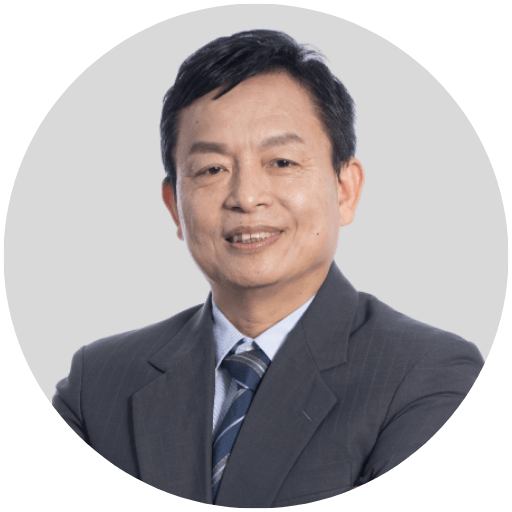 Dr Nien-Mien Chung, General Manager of Taiwan Power Research Institute (TPRI) - Taiwan Power Company
Dr Nien-Mien Chung, General Manager of Taiwan Power Research Institute (TPRI) - Taiwan Power Company Tony Kwok , Associate Director - Smartgrid & Innovation - CLP Power Hong Kong Limited
Tony Kwok , Associate Director - Smartgrid & Innovation - CLP Power Hong Kong LimitedModerator
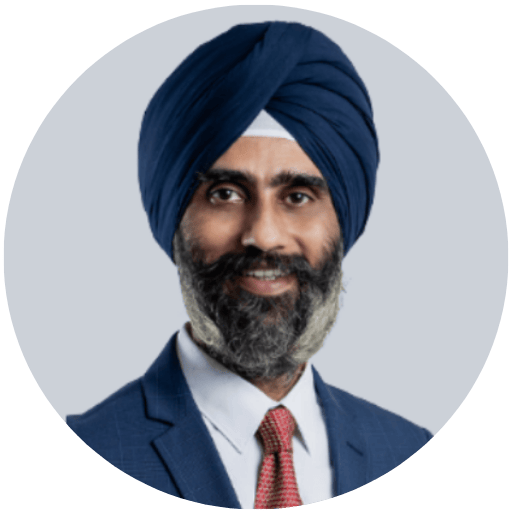 Manminder Takhar, Global Chief Technology Officer – Smart Cities - Dell Technologies
Manminder Takhar, Global Chief Technology Officer – Smart Cities - Dell Technologies- Developing a comprehensive strategy for AI integration.
- How can utilities secure near-term AI ROI while preparing for end-to-end implementation across the energy system – from generation, transmission, distribution to consumption?
- What governance and control structures are needed to embed cybersecurity into each phase of AI deployment across critical energy systems?
- Putting theory into practice.
- What key use cases are driving AI’s impact on grid operations, asset management, and workforce automation?
- How are utilities overcoming the challenges in legacy system integration with intelligence?
- What measures are being implemented to protect OT environments and real-time control systems from cybersecurity risks from AI integration?
- Advancing a more powerful grid with AI.
- The role of AI in enhancing system performance and real-time decision-making.
- New kids on the block? – What potential do AI agents have in transforming energy management?
- What new competencies must the workforce develop to manage AI-driven systems while maintaining cyber-resilient operations?
As power producers navigate the transition away from fossil fuels, the challenge is no longer just about adding renewables — it is about keeping the system stable as the generation mix evolves. This session explores how utilities and generators are rethinking portfolios, technologies and fuels to support system resilience while racing toward global net zero targets.
 Dean Sharafi, Governing Board Member - IEEE Power & Energy Society (PES)
Dean Sharafi, Governing Board Member - IEEE Power & Energy Society (PES) 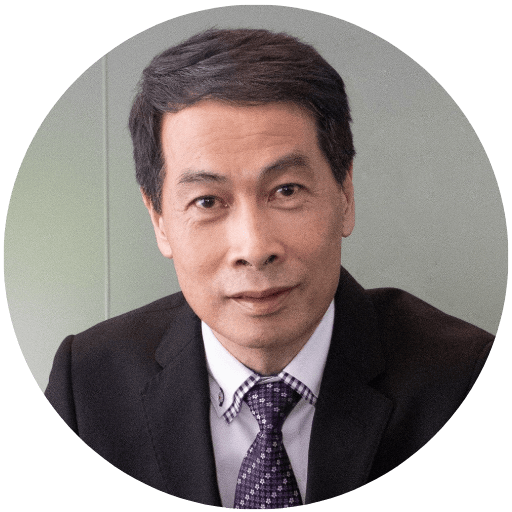 Yu Tat Ming, Chief Executive Officer - PacificLight
Yu Tat Ming, Chief Executive Officer - PacificLight  Eka Satria, President Director and Chief Executive Officer - Medco Power
Eka Satria, President Director and Chief Executive Officer - Medco Power Toshiro Kudama, Head of Asia Pacific Operations - JERA Co
Toshiro Kudama, Head of Asia Pacific Operations - JERA Co Moderator
 Dr Allen Wang, Executive Director of APAC Power and Renewables - S&P Global
Dr Allen Wang, Executive Director of APAC Power and Renewables - S&P Global - Rethinking Generation Portfolios: Reliable, Affordable and Future-Ready
- What role will transitional fuels (e.g. LNG, hydrogen-ready gas) play in future capacity buildout?
- How are retirement timelines and reinvestment decisions being shaped by evolving demand and national energy transition roadmaps?
- Power Imports and Regional System Resilience
- How are interconnectors and multilateral power trade supporting low-carbon portfolios and reducing curtailment risk?
- What are the planning and investment considerations in leveraging imports for grid stability and renewable integration?
- Enabling Decarbonisation through Technology Innovation
- As emissions reduction becomes non-negotiable, which technologies can scale fast enough across Asia?
- What are the commercial and regulatory conditions needed to de-risk and scale decarbonisation technologies like CCUS?
- Where are innovations such as nuclear SMRs and hybrid renewable systems being positioned in long-term strategies?
Best Paper Awards Presentation
- Track A: Transmission and Distribution Networks Technologies and Strategies
- Track B: Green Energy Technologies
- Track C: Smart Grid, Microgrid and Distributed Energy
- Track D: Electricity Sales & Customer Experience
- Track E: ICT & Innovation in the Power Sector
- Track F: Developments in Sustainable Power
Technical Paper Presentations
B.1 Low-Carbon Energy Production and Carbon Capture
B.2 Emerging Energy Generation Technologies
B.3 Energy Efficiency and Conservation Technologies
B.4 Electrification and Electricity Replacement Solutions
B.5 Advanced Energy Storage Solutions
B.6 Decarbonisation Technologies for Power Grids
B.7 Circular Economy and Sustainable Material Use
B.8 Green Hydrogen, Fuel Cells, and Distributed Energy Resources (DER)
Technical Paper Presentations
D.1 Customer-Side Energy Efficiency Management
D.2 Demand Response and Customer Interaction
D.3 Innovation in Retail Electricity and Customer Services
D.4 Integrated Customer Energy Management Solutions
D.5 Decentralised and Peer-to-Peer (P2P) Energy Trading
Technical Paper Presentations
E.1 Emerging Technologies and Industry 4.0 in the Power Sector
E.2 ICT Innovations in Corporate Management
E.3 Telecommunications and Cybersecurity for Critical Infrastructure
E.4 Digital Utilities and the Internet of Things (IoT)
E.5 Artificial Intelligence (AI) and Large Language Models (LLMs)
E.6 Digital Twins for Energy Systems
E.7 Virtual Reality (VR) and Augmented Reality (AR)
E.8 Blockchain and Decentralised Data Management
Technical Paper Presentations
F.1 Cross-Border Power Interconnection and Power Trading
F.2 Power Generation Planning and Energy Transition Goals
F.3 Integration of High Shares of Variable Renewable Energy (VRE)
F.4 Flexibility Requirements and Solutions for Enhanced Grid Flexibility
F.5 Decentralised and Distributed Energy Systems (VPP)
F.6 Sustainable Power Financing and Policy
F.7 Environmental and Social Impacts of Renewable Power Development
The energy transition is accelerating, but the capital behind it is not. Grid infrastructure must scale fast, yet critical funding gaps continue to slow progress across the region. How can financial strategies keep pace with market realities and unlock the capital needed to build resilient and future-ready systems?
 Jackie B. Surtani, Regional Director, Singapore Office - Asian Development Bank (ADB)
Jackie B. Surtani, Regional Director, Singapore Office - Asian Development Bank (ADB) Seb Henbest, Group Head of Climate Transition - HSBC
Seb Henbest, Group Head of Climate Transition - HSBC Munib Madni, Chief Executive Officer, FAST-P Office - FAST-P Office
Munib Madni, Chief Executive Officer, FAST-P Office - FAST-P Office  Srinivasan Nagarajan, Managing Director and Head of Asia - British International Investment (BII)
Srinivasan Nagarajan, Managing Director and Head of Asia - British International Investment (BII) Rob Genieser, Managing Partner - ETF Partners
Rob Genieser, Managing Partner - ETF PartnersModerator
 Daniel Oehling, Managing Director and Partner - Boston Consulting Group (BCG)
Daniel Oehling, Managing Director and Partner - Boston Consulting Group (BCG) - Mobilising Capital through Innovative Financial Mechanisms
- What financial instruments are gaining traction in channelling institutional capital into grid modernisation?
- How can ESG mandates, impact investment frameworks, and net-zero financing pathways be leveraged to align investor priorities with national decarbonisation targets?
- Creating Enabling Conditions for Bankable and Scalable Energy Transition Projects
- What makes grid investment attractive and replicable across ASEAN markets?
- What policy and structural adjustments are needed to bring energy transition projects to market, especially in emerging economies?
- Aligning the Transition Trifecta: Finance, Policy and Technology
- How should financing models adapt to emerging grid technologies and decentralised systems?
- How can innovation, regulation, and capital be harmonised to enable long-term infrastructure investment?
- What is the role of public-private capital collaboration in scaling innovation while ensuring system reliability and equity?
Southeast Asia has committed to accelerate the realisation of the ASEAN Power Grid by 2045. Against this backdrop, the ASEAN Energy Regulatory Forum (AERF) is a high-level platform that brings together leading energy regulators, policymakers and industry leaders to strengthen cooperation on regulatory best practices, policy planning, energy markets and regional interconnectivity.
As the region moves to develop an interconnected ASEAN Power Grid, the Forum provides a timely and influential platform for energy regulators to exchange best practices and policy insights for a low-carbon energy future.
Regional power integration is a key lever for ASEAN’s energy transition and achieving the region’s ambitious decarbonisation goals. The ASEAN energy landscape consists of a spectrum of technical standards, regulatory frameworks and market structures. To facilitate effective and efficient development of cross-border power interconnections, regulators, utilities, and industry are working to align on common frameworks that govern third-party access, pricing, and emissions accounting.
This session will explore how regulatory authorities and industry stakeholders are addressing technical, regulatory, and policy challenges, and the coordination mechanisms required to enable a reliable, efficient, and equitable regional power grid.
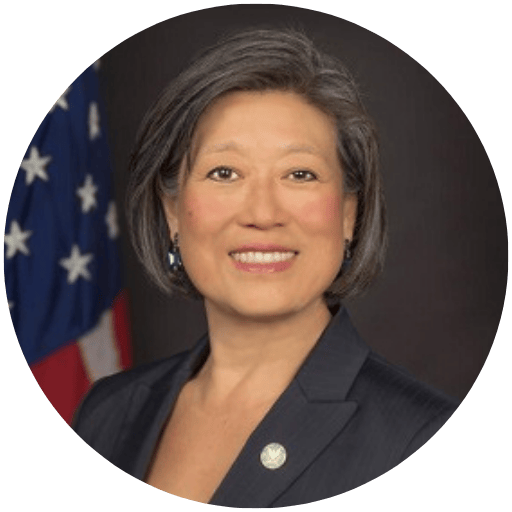 Judy Chang, Commissioner - US Federal Energy Regulatory Commission
Judy Chang, Commissioner - US Federal Energy Regulatory Commission  Eugene Toh, Assistant Chief Executive - Energy Market Authority, Singapore
Eugene Toh, Assistant Chief Executive - Energy Market Authority, Singapore 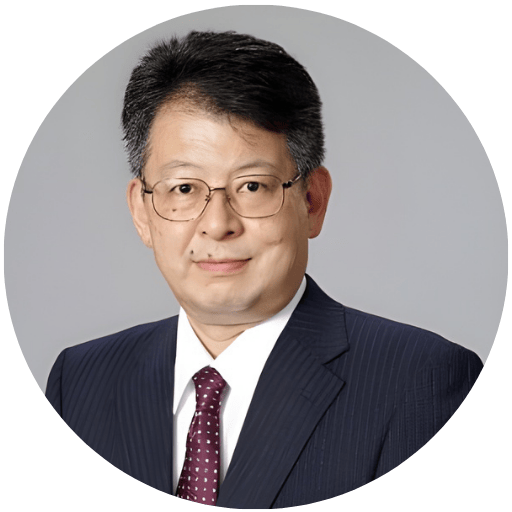 Tatsuya Shinkawa, Secretary General - Electricity and Gas Market Surveillance Commission, Japan
Tatsuya Shinkawa, Secretary General - Electricity and Gas Market Surveillance Commission, Japan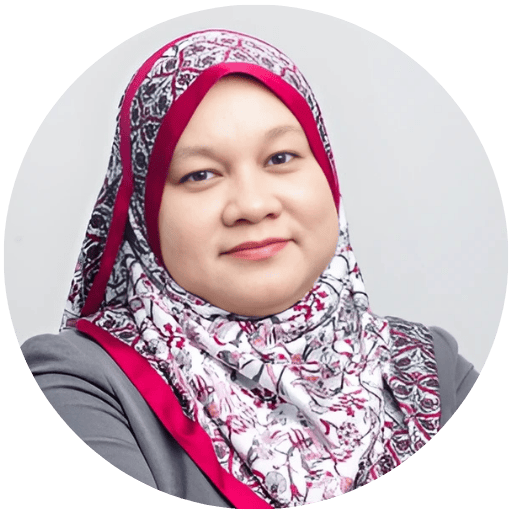 Puan Siti Safinah Salleh, Chief Executive Officer - Energy Commission, Malaysia
Puan Siti Safinah Salleh, Chief Executive Officer - Energy Commission, Malaysia  Detlev Waimann, Chief Commercial Officer & Senior Vice President, Projects - Prysmian
Detlev Waimann, Chief Commercial Officer & Senior Vice President, Projects - Prysmian Moderator
 Jean-Louis Neves Mandelli, Partner - Ashurst LLP
Jean-Louis Neves Mandelli, Partner - Ashurst LLP- Bridging gaps between diverse nations in Southeast Asia
- Which regulatory frameworks must converge to enable multilateral electricity trading?
- How can regional emissions accounting be standardised to support renewable energy imports?
- What tools or mechanisms can facilitate trust and verification across national systems?
- Can ASEAN regulators jointly define minimum standards for open access and system reliability?
Across Southeast Asia, the growing demand for clean and reliable electricity is accelerating the development of cross-border interconnectors. From subsea cables to high-voltage transmission systems (HVDC), these assets are key to enhancing system flexibility, optimising generation portfolios, and enabling large-scale renewable energy integration across borders. Yet despite technological feasibility, progress is often slowed by permitting delays, financing risks, and regulatory misalignment.
This session will convene regulators, industry leaders, and financial experts to explore the regulatory frameworks, coordination models, and financing mechanisms required to deliver bankable, cross-border interconnector projects.
 Justin Oliver, Deputy Chair - Australian Energy Regulator (AER)
Justin Oliver, Deputy Chair - Australian Energy Regulator (AER)  Mark McAllister, Chairman - Office of Gas and Electricity Markets (OFGEM)
Mark McAllister, Chairman - Office of Gas and Electricity Markets (OFGEM)  Audra Low, Group Head, Client Coverage; Chief Executive Officer - Clifford Capital Credit Solutions
Audra Low, Group Head, Client Coverage; Chief Executive Officer - Clifford Capital Credit Solutions 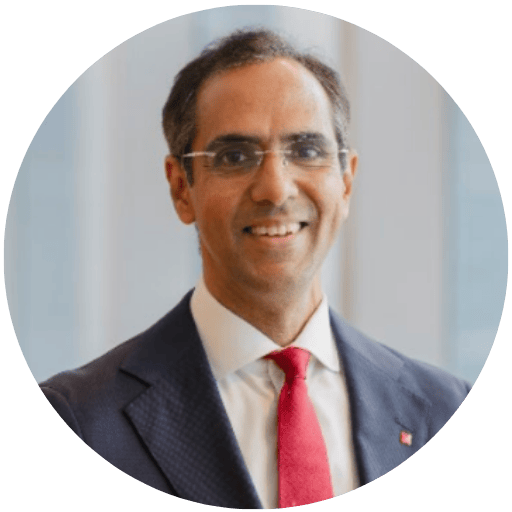 Ganesh Padmanabhan, Head of Project Finance, Institutional Banking Group - DBS Bank
Ganesh Padmanabhan, Head of Project Finance, Institutional Banking Group - DBS BankModerator
 Yatin Premchand, Managing Director, Infrastructure Advisory - Black & Veatch
Yatin Premchand, Managing Director, Infrastructure Advisory - Black & Veatch - What regulatory frameworks can unlock long-term capital for cross-border interconnectors?
- How can joint licensing and coordinated regulatory processes reduce approval delays?
- What role do risk-sharing arrangements and financing structures play in accelerating interconnector delivery?
- How can regulators balance investor certainty with national policy needs?
Subsea power cables are becoming a critical component of ASEAN’s future energy system. These interconnections enhance regional power reliability, enable greater renewable energy exchange, and support national energy transition targets. With multiple cross-border projects now progressing, subsea cables are rapidly moving from concept to construction.
This closing spotlight will examine how ASEAN can strengthen coordination for subsea interconnections, including planning, licensing, and management across multiple jurisdictions, to ensure these projects form a secure and lasting foundation for the ASEAN Power Grid.
 Dr Peerapat Vithayasrichareon, Senior Energy Analyst - International Energy Agency (IEA)
Dr Peerapat Vithayasrichareon, Senior Energy Analyst - International Energy Agency (IEA)  Georgie Skipper, Chief Executive Officer - Lucetia Group
Georgie Skipper, Chief Executive Officer - Lucetia Group Moderator
 Rui Luo, Director - Bloomberg Philanthropies
Rui Luo, Director - Bloomberg Philanthropies- Strengthening cross-border coordination among ASEAN regulators and utilities
- Technical and operational standards for reliability and grid stability
- Lessons from emerging corss-border cable projects and what they mean for ASEAN’s wider Power Grid vision

 Sims Witherspoon, Climate Action Lead - Google DeepMind
Sims Witherspoon, Climate Action Lead - Google DeepMind  Jimmy Khoo, Chief Executive Officer - SP Powergrid, SP Group
Jimmy Khoo, Chief Executive Officer - SP Powergrid, SP Group